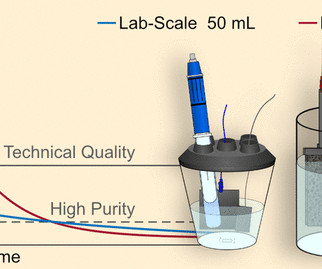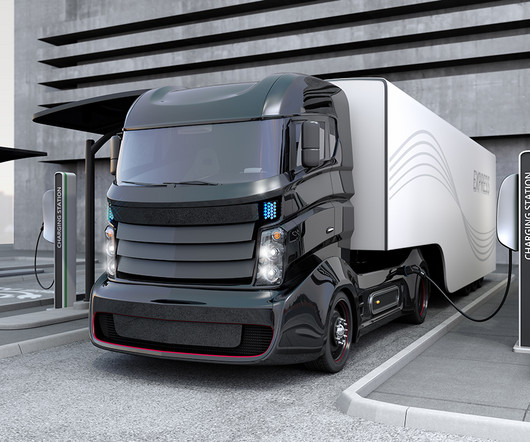Chalmers team develops method to reduce levels of mercury in sulfuric acid
Green Car Congress
JULY 10, 2023
According to a report from the United Nations Environment Programme (UNEP), emissions of mercury to the atmosphere increased by an estimated 20% from 2010 to 2015. Sulfuric acid for commercial purposes is considered to be of acceptable quality when its mercury content is below 0.30 milligrams per kilogram. If the content is below 0.08














Let's personalize your content